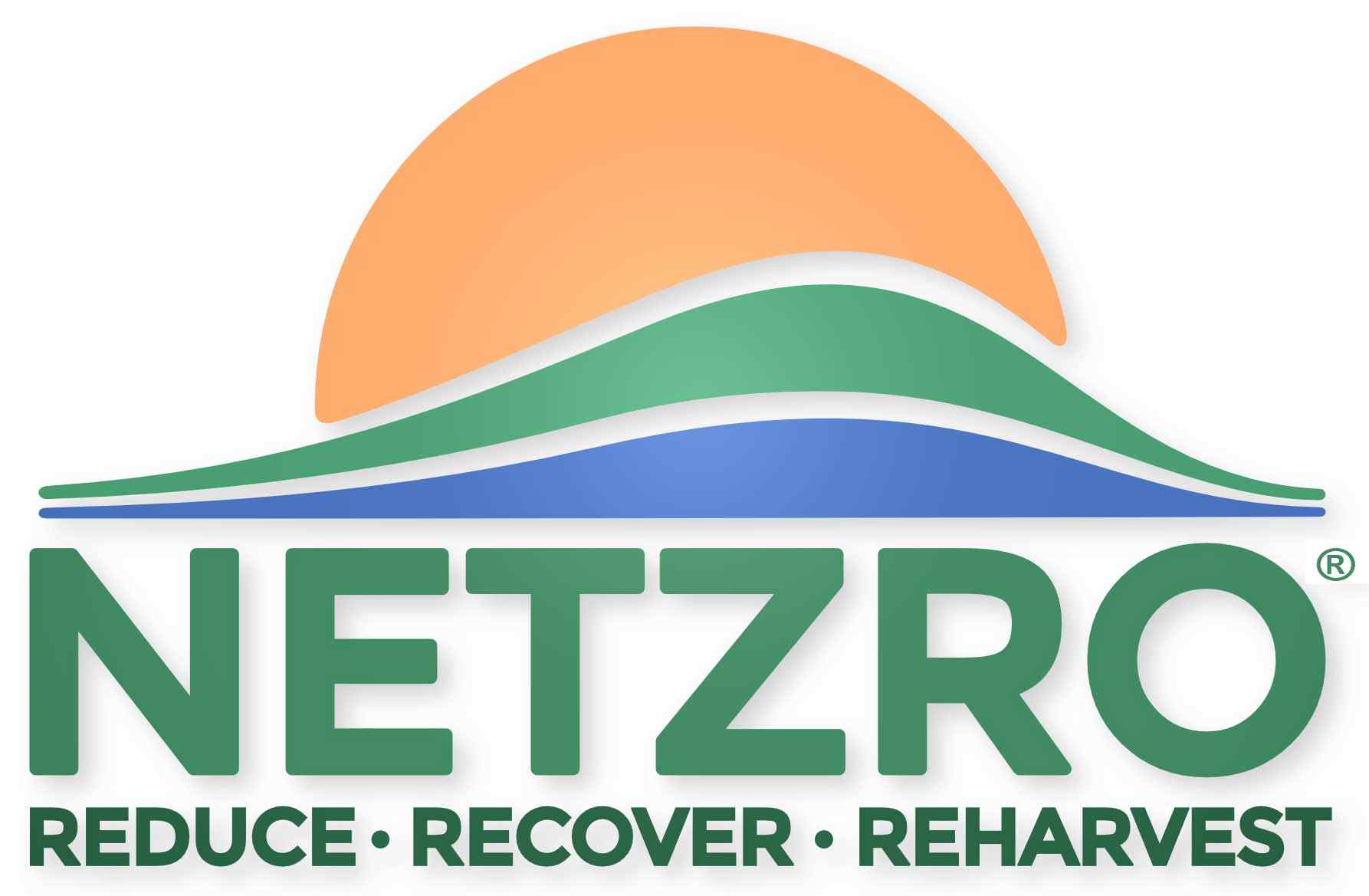REDUCE – NETZRO’s First ‘R” of Upcycling
Roughly one third of food produced in the world for human consumption gets lost or wasted. National Geographic is projecting more than 9 billion mouths to feed by 2050, requiring food producers to double the amount of food currently in production.
ReFED was formed to build a different future, where food waste prevention is recognized as an untapped strategy that can save resources, create jobs, alleviate hunger, conserve water, and reduce greenhouse gas emissions — all while stimulating a new multi-billion dollar market opportunity.
ReFED has identified 27 of the best opportunities to reduce food waste through a detailed economic analysis. The solutions were analyzed using the EPA Food Recovery Hierarchy — which prioritizes prevention first to stop waste from happening in the first place. National Geographic proposes stopping agricultural expansion, increasing yields on preexisting farms, increasing efficiency of resource use, shifting toward more plant-forward diets, and reducing food waste. These solutions collectively point toward NETZRO’s first R of upcycling: Reduce.
Reducing waste is achieved not only through cutting back on consumption but on using available resources more efficiently through careful planning and technological innovation. Each of the solutions proposed by National Geographic leverages waste reduction in a different way. Increasing yields on preexisting farms reduces the need to clear more land for agriculture while increasing efficiency of resource use reduces the need for new resources to be produced for consumption. Another important “reduce” solution is reducing consumption of products that are the most resource-intensive. As a general rule, diets that contain more dairy, meat, eggs and fish will have a higher environmental impact than diets centered on plant-based foods such as fruits and vegetables. When it comes to resource use and environmental impacts, the type of food eaten matters as much, if not more, than how that food is produced. Encouragingly, some of the lowest-impact foods are also the cheapest to buy.
Food upcycling is another way of reducing the amount of food that needs to be grown, making the most of underutilized nutrients already in the food supply chain. These ingredients are often nutrient-dense and full of flavor, making them great substitutes for high-protein – and less environmentally friendly – ingredients like beef and lamb.
The World Resources Institute says that we can lower emissions 67% with innovations like improved feeds for cattle, plant-based burgers, and resilient crop breeds. This means that these three Rs of food upcycling could substantially offset the impact of climate change.
We’re not here to tell you that a few consumer habit shifts will stop climate change in its tracks. But you can offset your carbon footprint by reducing your consumption of resource intensive foods, seeking foods made with upcycled ingredients and reducing wasted food. These simple steps can go a long way when paired with systematic-level shifts such as the ones proposed by National Geographic.
Sources:
https://www.refed.com/?sort=economic-value-per-ton
https://www.nationalgeographic.com/foodfeatures/feeding-9-billion/
https://www.wri.org/blog/2018/12/how-sustainably-feed-10-billion-people-2050-21-charts
